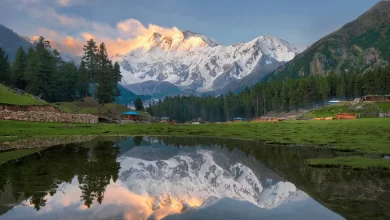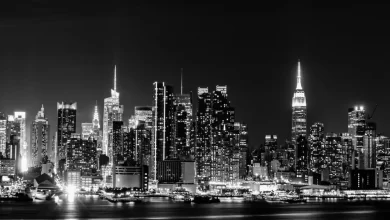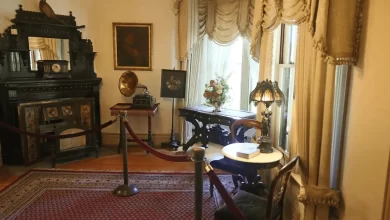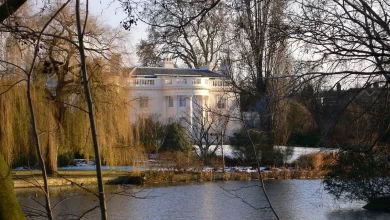The Rise of Eco Brutalism Architecture: A New Era of Sustainable Design
As the world becomes more environmentally conscious, architecture has also evolved to meet the demands of sustainability. One such style that has emerged is eco brutalism architecture, which combines sustainability with a raw, industrial aesthetic. In this article, we explore what eco brutalism architecture is, its key features, and how it is changing the face of sustainable design.
What is Eco Brutalism Architecture?
Eco brutalism architecture is a style that emerged in the 1950s and 60s as a reaction to the ornamental and decorative styles of modernism. It is characterized by the use of raw materials, such as concrete, steel, and glass, which are left unfinished and exposed to create a rough, industrial look.
The term “brutalism” comes from the French term “beton brut,” which means raw concrete. The style became popular in post-war Europe, where it was used to rebuild cities and create affordable housing.
This architecture takes this style and adds a sustainable twist. It uses environmentally friendly materials, such as recycled concrete, and incorporates energy-efficient features, such as solar panels and rainwater harvesting systems.
Key Features of Architectural Phenomena
One of the key features of eco brutalism architecture is the use of raw, industrial materials. Concrete, steel, and glass are often left exposed and unfinished, creating a rough, utilitarian aesthetic. This style is often seen in public buildings, such as museums and universities.
Another important feature of this architecture is sustainability. Buildings are designed to be energy-efficient, with features such as green roofs, solar panels, and passive heating and cooling systems. The use of recycled materials and the integration of nature into the design are also common features.
Examples of this Architecture
There are many examples of type of architecture around the world. One of the most famous is the Park Hill housing estate in Sheffield, England. Built in the 1960s, it was designed to provide affordable housing for working-class families. After falling into disrepair, it was refurbished in 2012 using eco-friendly materials and energy-efficient features.
Another example is the Hunsett Mill in Norfolk, England. This former 19th-century mill was converted into a sustainable home using eco-friendly materials and energy-efficient features. It won the RIBA Manser Medal for the best new house in the UK in 2011.
The Future of Eco Brutalism Architecture
Eco brutalism architecture is gaining popularity as more people become aware of the need for sustainability in design. It is a style that combines functionality with aesthetics and provides a solution for the future. As the world becomes more environmentally conscious, we can expect to see more this kind of architecture in our cities.
Eco brutalism is a sustainable solution for the future. It combines raw, industrial aesthetics with environmentally friendly features to create buildings that are both functional and beautiful. With its focus on sustainability, it is a style that is gaining popularity and changing the face of sustainable design.





